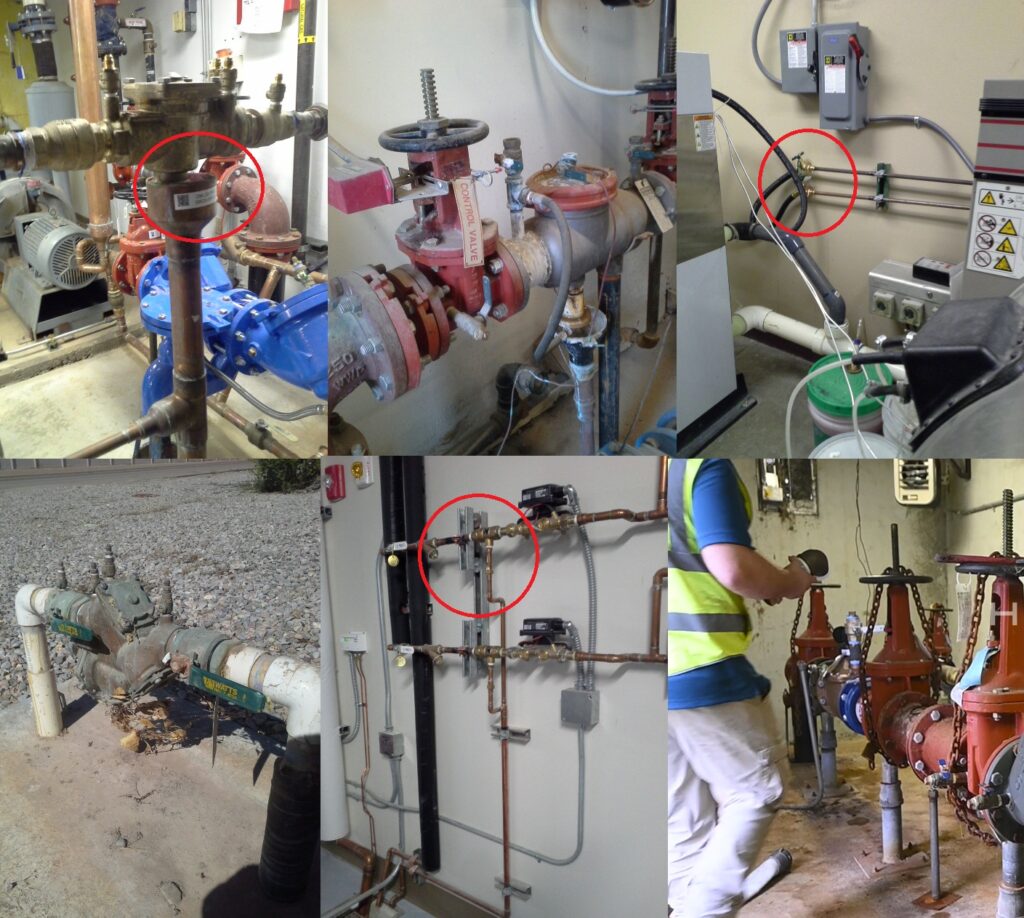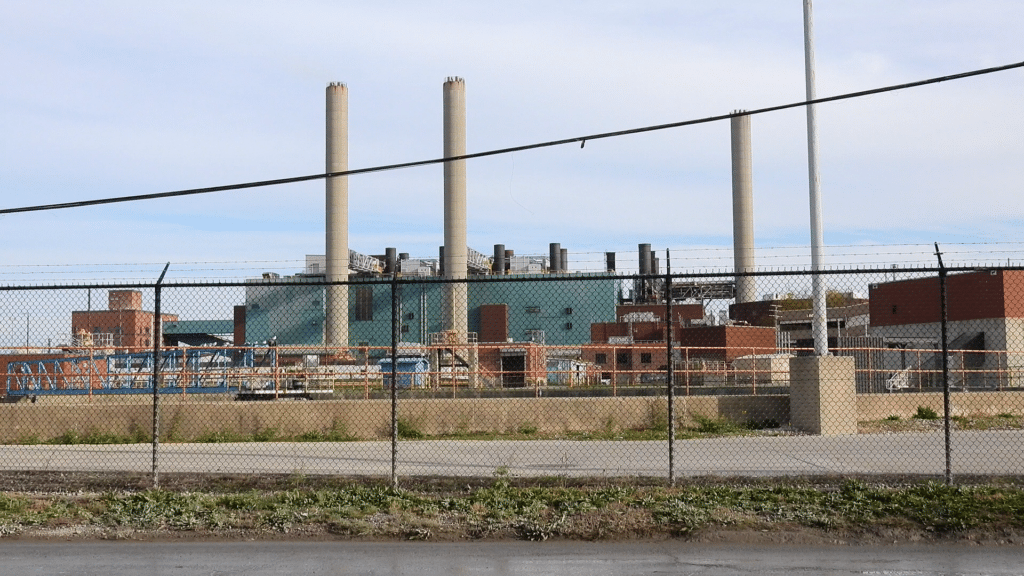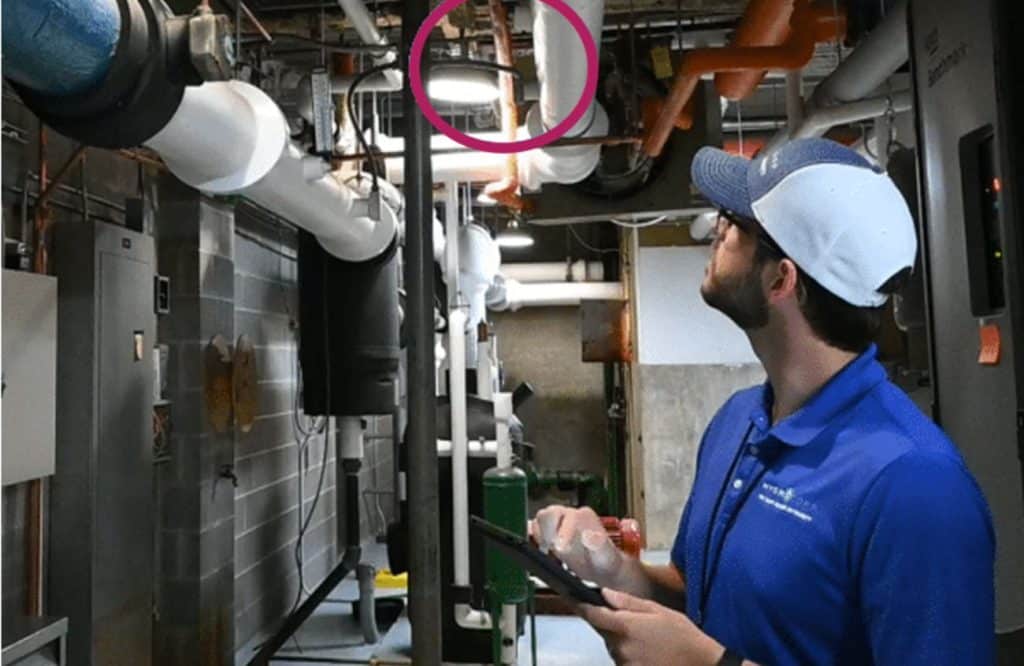Introduction
Myths and misconceptions about controlling hazardous Cross-Connections to public drinking water infrastructure are nothing new. As water purveyors strive to deliver safe, clean drinking water to communities, the understanding and management of Cross-Connections becomes paramount. Unfortunately, misinformation can cloud this vital aspect of water safety, potentially compromising the integrity of public water systems. This article aims to unravel the misconceptions surrounding Cross-Connection Control, shedding light on its importance in safeguarding the purity of our water supply and debunking prevalent myths that may undermine the efforts of water professionals dedicated to ensuring the health and well-being of their communities.
.

.
Myth #1: Containment Programs Protect Everyone
Containment Programs only stop Backflow contamination from spreading back into the distribution system and do not address internal contamination events. With a Containment Program, the only requirement is to have an approved Backflow Prevention Assembly installed as close to the service connection as possible. While this does mitigate any risk to the distribution system at large, it would leave the inhabitants of a facility affected by a Backflow incident at risk. That risk could threaten the lives and well-being of everyone who uses the water in those buildings and in sensitive locations, such as a hospital or a senior living facility, the results could be catastrophic. Internal Protection Programs require onsite assessments to visually examine each point of use for proper Backflow protection to help keep any Backflow contamination from being distributed throughout any given facility, which adds another layer of protection for inhabitants. Read more about the limits of Containment Programs HERE.
Misconception #1: It’s Only a Concern for Large Facilities
Some people believe that hazardous Cross-Connections are only a problem for large industrial or commercial facilities that use water in their processes or manufacturing. In reality, Cross-Connections can occur in any setting, including homes. Backflow contamination incidents can happen in residential plumbing systems, making it essential for everyone to be aware of potential hazards and take proper precautions. A typical lawn irrigation system on a residential home could be considered a high hazard Cross-Connection, with the possibility of pesticides or fertilizers being siphoned into the home’s drinking water.

Myth #2: Backflow Never Happens
While the overall incidence of Backflow contamination in public water systems is relatively low, the consequences of such incidents are severe, as they may lead to the contamination of the drinking water supply with substances harmful to human health. The dangers of disease or even death make the frequency less important than the high risks associated with a Backflow contamination incident. Preventative measures such as implementing a Cross-Connection Control Program are much safer than attempting to respond to a Backflow contamination event.
Misconception #2: Non-Testable Devices Aren’t as Safe as Testable Assemblies
If used in the proper applications, non-testable devices are a safe and affordable alternative to testable assemblies that comply with a variety of state plumbing codes. The key is understanding and knowing the use cases for each available Backflow Preventer. For example, a single-zone lawn irrigation system can have an Atmospheric Vacuum Breaker installed on the supply line and it will provide sufficient protection. However, a multi-zone lawn irrigation system cannot utilize an Atmospheric Vacuum Breaker, as it is not designed to withstand continues pressure and therefore cannot be installed in a configuration that incorporates any valves in the piping downstream of the device. It comes down to understanding how various Backflow Preventers work and knowing exactly what is going on in the piping downstream of where the device or assembly would be installed.
Myth #3: Cross-Connection Control is the Sole Responsibility of Public Water System Purveyors
While water purveyors play a critical role in implementing Cross-Connection Control Programs in their systems, water customers also have a share of that responsibility. Water customers should be aware of potentially hazardous Cross-Connections lurking on their properties and take appropriate measures to prevent contamination. By spreading public awareness and education on the topics of Backflow Prevention and Cross-Connection Control, water purveyors can recruit water customers to their team of “Backflow Nerds”. Water customers who are aware not to expose their Hose Bibb Vacuum Breakers to continues pressure or know that they shouldn’t install a Pressure Vacuum Breaker below grade will help alleviate the risks of contaminating their own water supply and the public distribution system.

Misconception #3: Cross-Connection Control Programs are Too Costly
Some individuals may view Cross-Connection Control Programs as an unnecessary expense and burden. However, the cost of implementing these programs is outweighed by the potential health and environmental consequences of water contamination from a Backflow event. Many States have regulations in place to ensure the proper implementation of Cross-Connection Control measures, with more and more State organizations increasing enforcement efforts and oversight. But, most importantly, these programs safeguard the potable drinking water supply and as mentioned previously, preventative measures are always safer than contamination incident response.
Summary
It’s crucial to dispel these myths and misconceptions to promote a better understanding of the importance of Cross-Connection Control Programs and their role in maintaining safe drinking water. Whether it’s a sitting member of city council or a confused member of the public, spreading awareness and education on the topics of Backflow Prevention and Cross-Connection Control is paramount to the continued efforts of mitigating the risks of water contamination. Check out the links below for videos and online courses to further your knowledge of Backflow Prevention and Cross-Connection Control!
.
.


